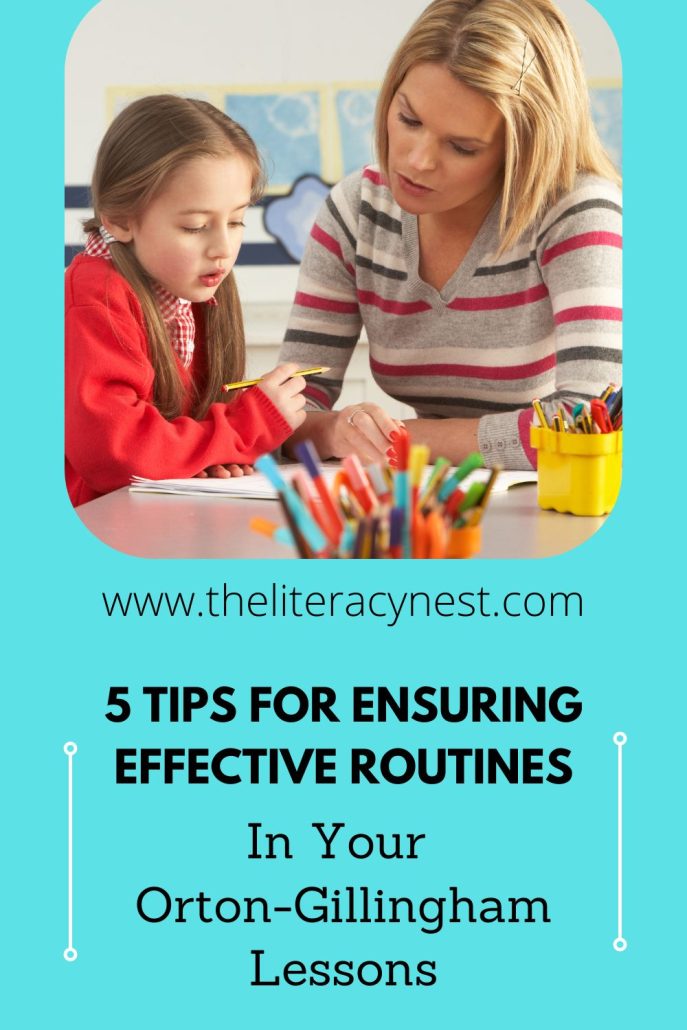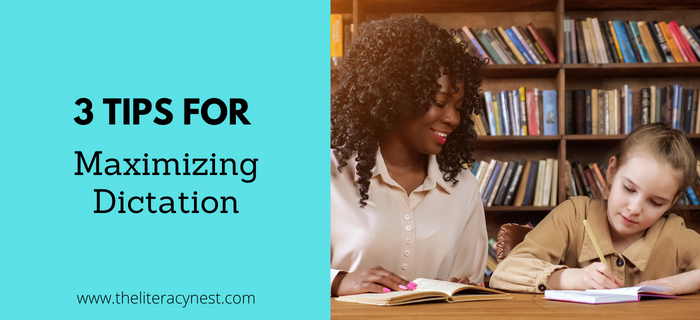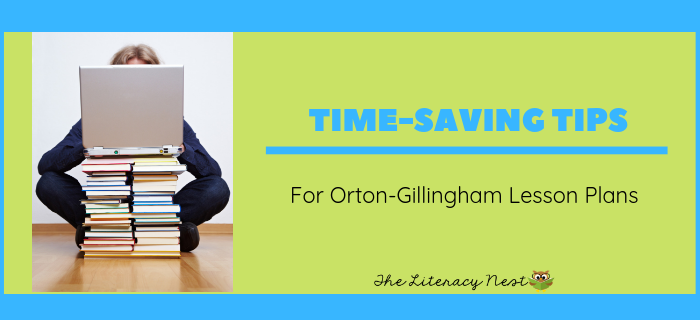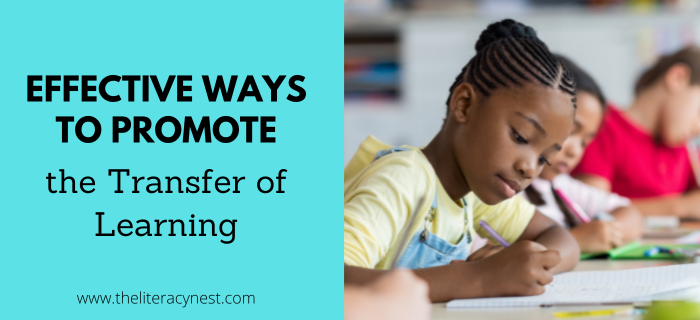5 Tips for Ensuring Effective Routines in Orton-Gillingham Lessons
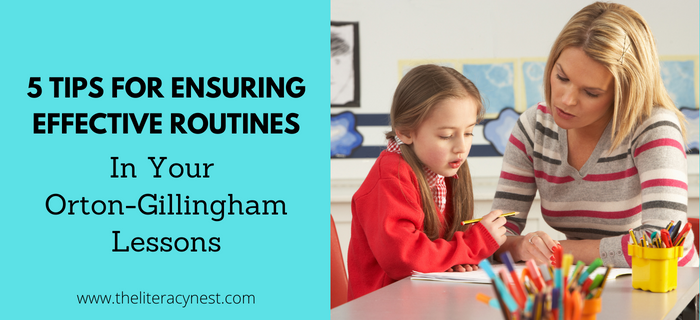
Routines are an important part of Orton-Gillingham instruction for a number of reasons. Time is a precious commodity when working with students with dyslexia. Routines make lessons more efficient. Students know what to expect when there are well-established routines. This reduces stress and anxiety, but also requires less language when transitioning from one activity to another.
Because dyslexia is a language-based disability, we want to be thoughtful about our use of language to avoid overwhelming students. Our language should be precise and clear. Well-established routines facilitate this. Routines also allow students to have a sense of ownership of their learning and be more able to take on independence.
Dyslexia, Comorbidities, and Routines
Dyslexia often goes hand in hand with other comorbidities such as anxiety, ADHD, and problems with executive function. Routines are beneficial for students with all of these issues.
One hallmark of not only dyslexia, but ADHD, and executive functioning issues are the variability our students demonstrate. One day they may be clicking along beautifully, but another day they may have difficulty remembering or having trouble with a skill that was not causing difficulty during their previous lesson.
From studies of the human brain, we have learned so much about how emotions impact learning. If a student is experiencing anxiety, fear, worry, and frustration, they are literally less able to form and retrieve memories. They are less able to learn. When faced with overwhelm, the brain goes into fight or flight mode. Routines take pressure off the executive functioning system and prefrontal cortex. This can avoid the overwhelm that can trigger students to fall back into fight or flight.
It isn’t only the students that routines benefit. Routines also free up cognitive bandwidth for teachers to make decisions and adjust their teaching as necessary, to respond to the student in front of them today.
Predictability and routines are helpful for the social-emotional well-being of children, particularly when they are faced with activities they find challenging. Routines help children have a feeling of belonging, control, comfort, and confidence because the experiences they have are predictable. This predictability also helps them to become more flexible and resilient to uncertainty.
Here are five tips to help you establish effective routines in your Orton-Gillingham Lessons:
1. Display a visual schedule.
One easy way to help students internalize the routine of the lesson is by displaying a visual schedule. Pictograms can illustrate the sequence of different activities. Using a pocket chart or Velcro allows areas of the lesson that may have different activities such as learned words or phonemic awareness to represent the day’s specific plans.
Grab my favorite visual schedule by signing up for access to my free library. And, check out the short video below to see exactly how I use it!
2. Stick with the same order of activities to develop the 3 Rs.
The 3 R’s are relationships, reinforce, and repetition. But you can’t forget the 4th R, revise when necessary. We must adjust to the student’s responses and errors both at the moment and moving forward.
3. Anticipate when to be flexible and adapt as needed.
Perhaps the clearest example of this is when a student doesn’t seem like themselves. They had a rough day at school, or standardized testing and they are feeling exhausted. Sometimes they had a fight with their sibling or lost a family pet. Routine can be a comfort, but the art of teaching comes into play in knowing when to be flexible.
4. Use a smaller list of class rules and make them memorable.
If you are working 1:1 with students you may not have formal class rules for your time together, but there will still be expectations. For groups and classrooms, rather than having a long list of many rules, try having a few key rules that are easier to remember such as: Try your best or Be kind. You can still explicitly teach what that behavior looks like, but it is easier for students to remember and latch onto than something that is very specific and nitty gritty.
5. Praise and reward with choice time.
When students know what to expect, they can clearly see when they have met all of their obligations. It is a wonderful feeling to be able to tell a student, “You did such a great job today that you can choose our final activity or game.” They become more invested in their learning and feel like they have some control and say. You may find yourself surprised by what students choose.
Download our printable guide to establishing routines in your OG lessons!
The Benefits of Routines in Orton-Gillingham Lessons
The benefits of well-established routines are clear.
- Students gain confidence and empowerment.
- The routines help both the student and the teacher to manage their cognitive load and relieve some of the stress on the executive functioning system.
- Students experience less stress and anxiety.
- Teachers can make their language use deliberate and judicious.
We are building resilience in our children and study in their area of greatest weakness can actually become a source of comfort and confidence.
Once you’ve established effective routines in your Orton-Gillingham lessons, you can begin to check for mastery. Read Checking for Mastery In Orton-Gillingham Lessons!
Join the Building Readers for Life Academy!
Building Readers for Life Academy is a monthly membership program that empowers educators AND families by diving into structured literacy and strategies for ALL learners. With BRFL Academy, you’ll learn what it takes to help EVERY student become a reader for life!
Join Building Readers for Life Academy, today!
